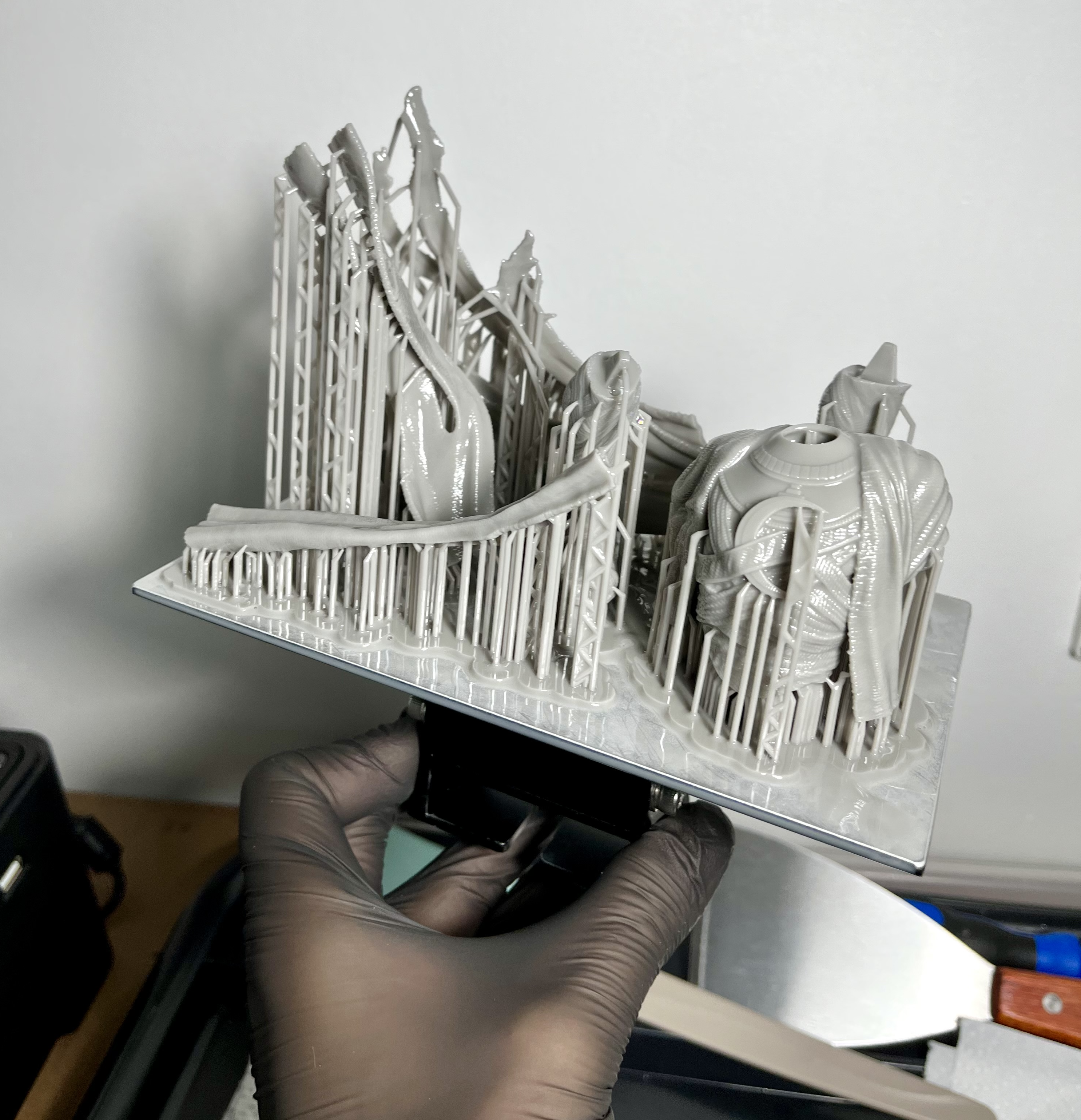Resin 3D printing is a fantastic technology that can produce highly detailed and complex parts with ease. However, this process can also be tricky, especially when it comes to using support structures. Support structures are essential for printing complex designs or overhangs that would otherwise be unsupported during the printing process. In this post, we will explore the physics of using support structures with resin 3D printing and highlight the options in software tools that can help with that.
The Physics of Using Support Structures with Resin 3D Printing
When printing with resin, the printer creates each layer by curing the resin with light. However, resin can also be somewhat sticky and has a tendency to deform or warp if it is not fully supported. Support structures help to prevent this by providing additional support to the part as it is being printed.
One of the most important factors to consider when using support structures is the orientation of the object on the build plate. The placement and thickness of support structures will depend on the angle and shape of the object being printed. It is important to carefully consider the orientation of the object to ensure that support structures are placed effectively.
Software Tools that Can Help with Support Structures
Thankfully, there are many software tools available that can help with generating and adjusting support structures for resin 3D printing. Here are a few popular options:
-
Chitubox: This is a popular slicing software that includes a support structure generator. It has a user-friendly interface that allows for easy adjustment of the support structures.
-
Meshmixer: This is a powerful tool that allows for the creation and editing of support structures. It also includes features for smoothing and refining the model.
-
PreForm: This is a software developed by Formlabs specifically for their 3D printers. It includes a support structure generator that can automatically adjust support structures based on the orientation of the object.
Do’s and Don’ts for Using Support Structures
Here are some dos and don’ts for using support structures with resin 3D printing:
Do’s:
-
Use support structures to prevent deformation and warping in your prints.
-
Consider the orientation of the object on the build plate to ensure that support structures are placed effectively.
-
Use software tools to generate support structures automatically and manually adjust them as needed.
-
Use a flexible removable build plate to make it easier to remove the printed object and reduce the risk of damage.
-
Consider the size and thickness of support structures to avoid breaking during the printing process.
Don’ts:
-
Don’t use too many support structures, as this can create suction forces that make it difficult to remove the printed object from the build plate.
-
Don’t use support structures that are too thin or not properly placed, as this can lead to failed prints.
-
Don’t forget to remove support structures after printing, as they can leave marks or blemishes on the surface of the object.
-
Don’t use support structures that are too close together or too dense, as this can also make it difficult to remove the printed object from the build plate.
-
Don’t forget to adjust the support structures for each individual print, as the orientation and design of the object can greatly affect the effectiveness of the support structures.
Conclusion
In conclusion, support structures are an essential part of resin 3D printing that can help to ensure the success of your prints. By carefully considering the orientation and placement of support structures, and utilizing the many software tools available, you can greatly increase the quality and success of your resin 3D prints.

